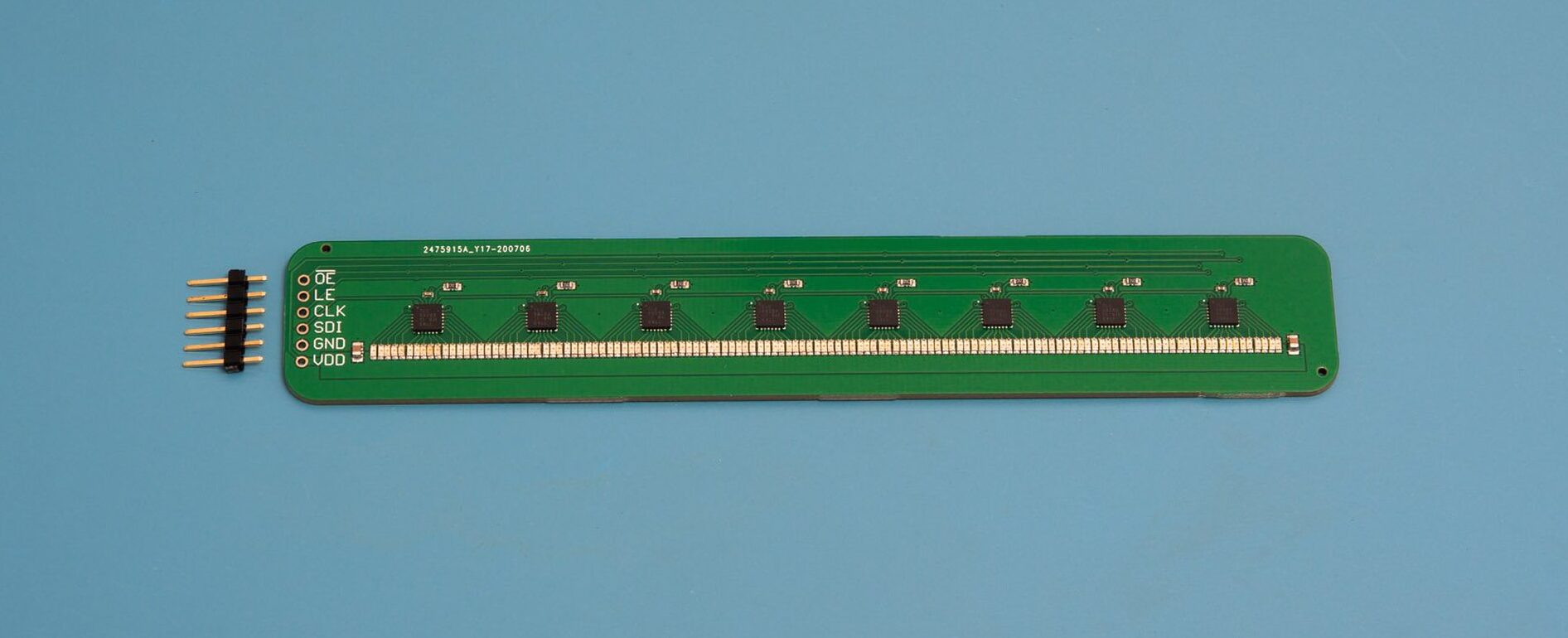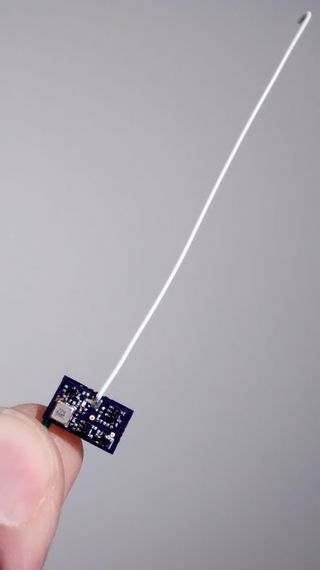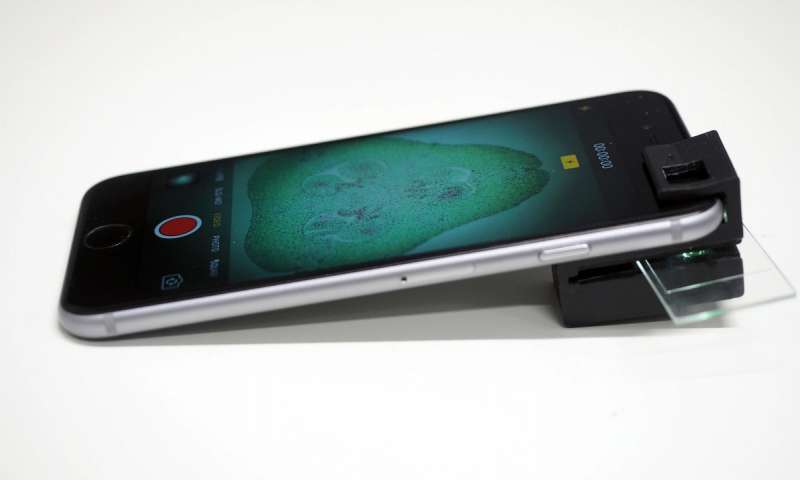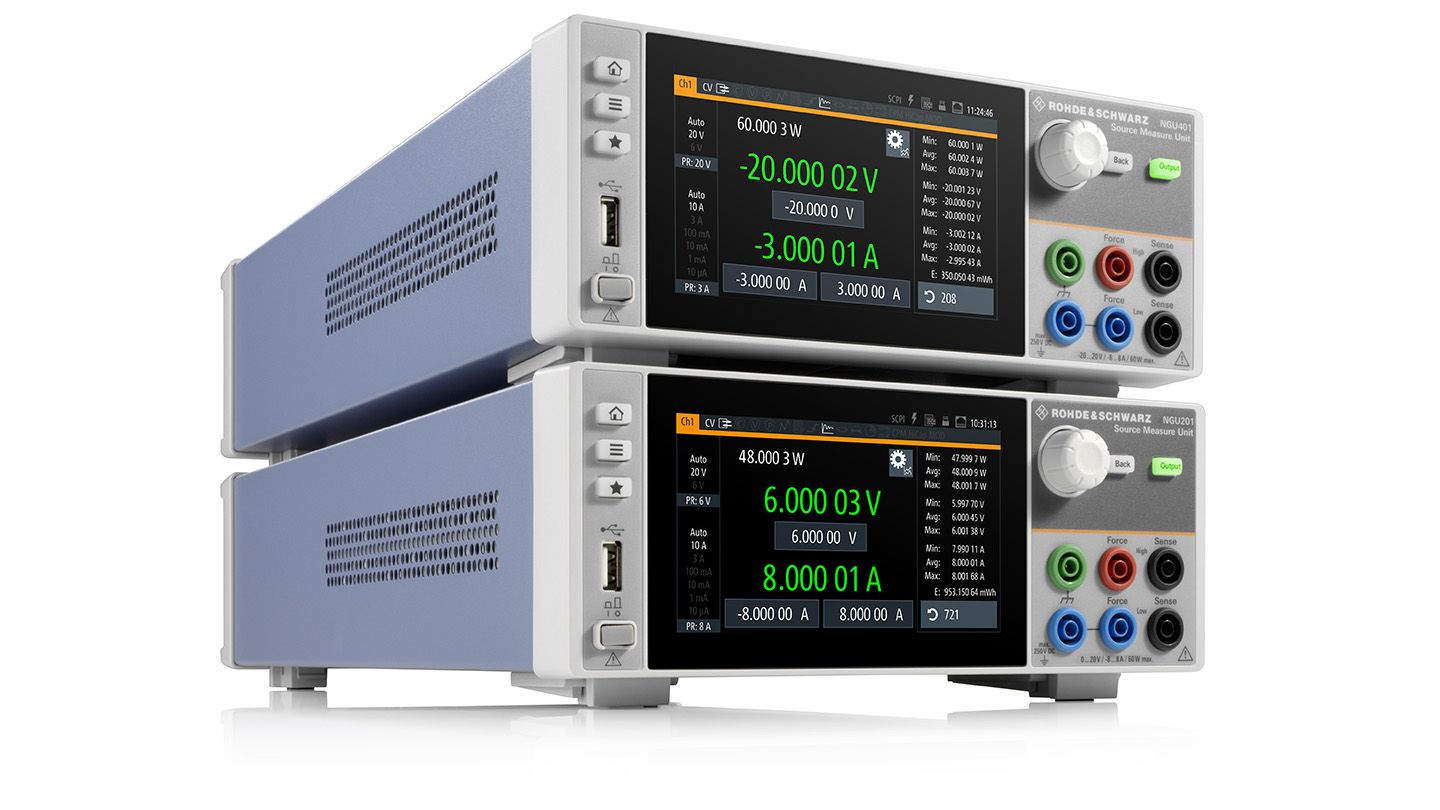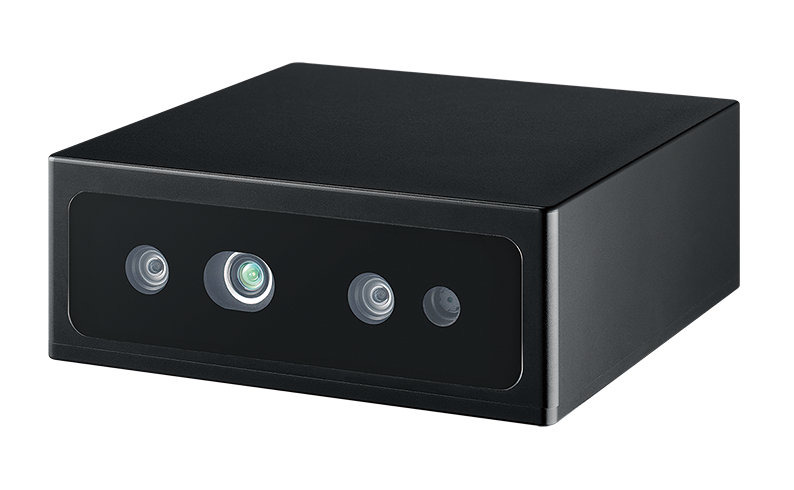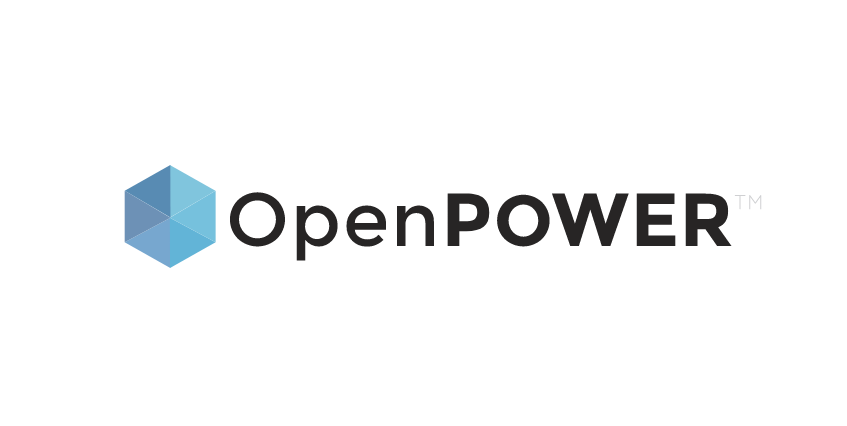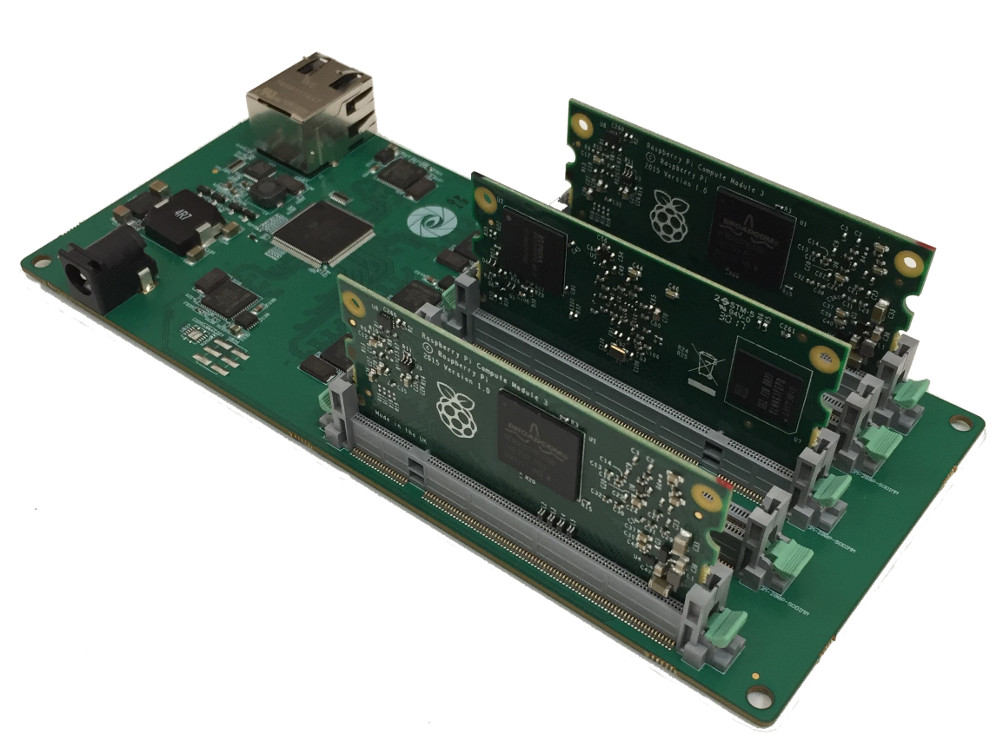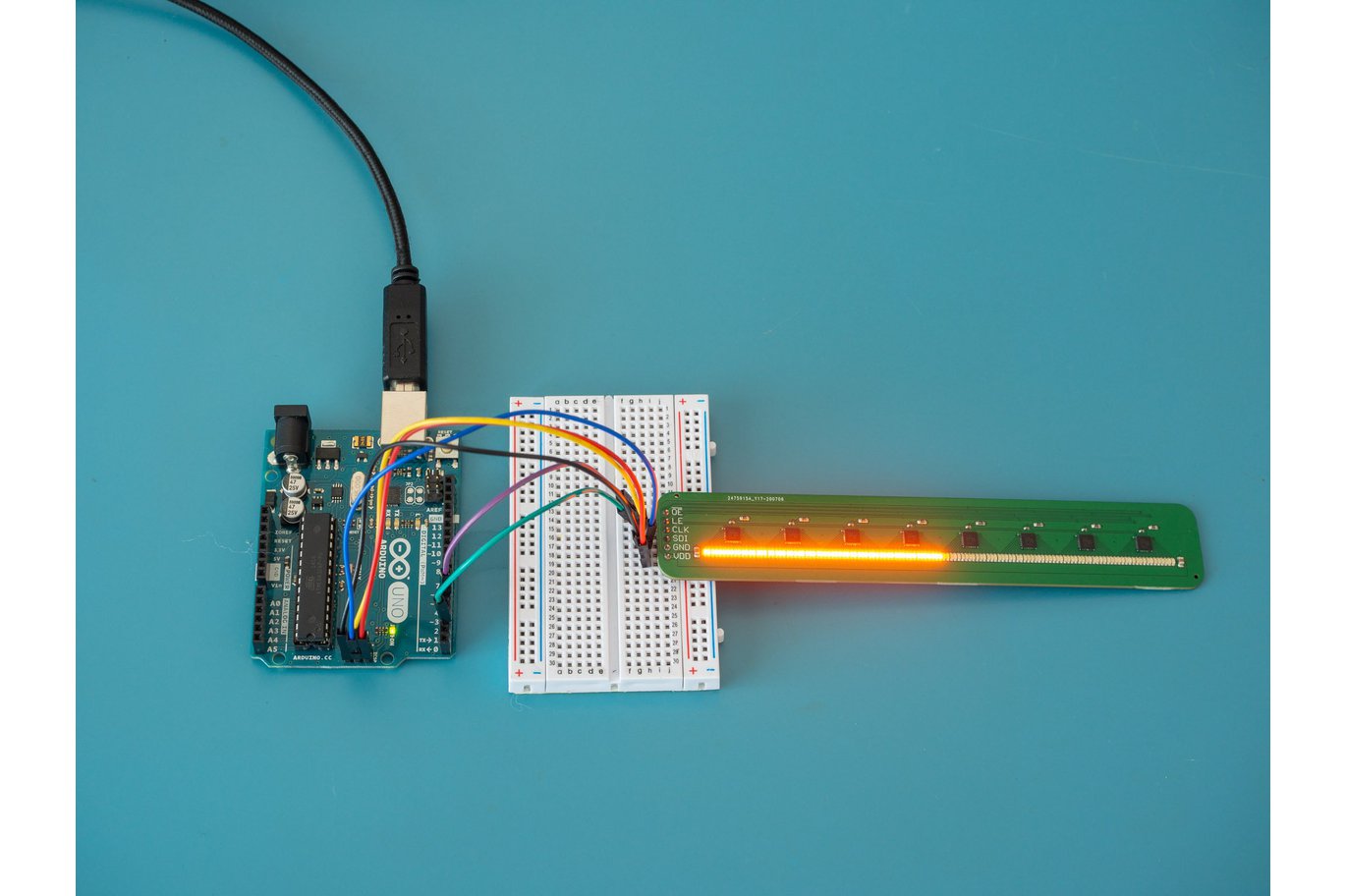
LED Bar graphs are one of the best ways to provide visual feedback to users in projects where using a screen might be an overkill. Especially in projects where you need to indicate level, intensity, and other values that are worth representing on a bar graph. The quality of LED bar graphs has not really improved over time. Users are still subjected to the low resolution due to spaces between the LEDs, the poor brightness, and high power consumption of the LEDs.
There have been several attempts to fix this, with different products on different electronics stores, but one recent LED bar graph which caught our attention with its next-gen feel and brightness is the Nixie-Like Linear Dot LED bar graph recently evaluated in a blog post on Tindie.
A solid attempt in replacing the classic IN-13 linear bar graph Nixie tube whose price has increased incredibly in the past few years, the super bright High-resolution LED paragraph designed by US-based Studio 449 and provides a modern looking high performing LED bar graph without the huge expense and high-power requirements of the old Nixie tubes.
Featuring a linear array of TLC59283 LED drivers with 128 densely-placed orange SMD LEDs placed 1mm apart, the new graph allows you to attain a resolution of up to 128 points/steps, all on a portable 25 x 150 mm board dimensions, which ensures it does not cause a significant change in the form factor of your project.
The bar graph is lined with shift registers which help create a linear indicator that is easy to control from popular microcontrollers. The display communicates with microcontrollers via an SPI-based interface that makes it possible to individually address all the 128 LEDs with just 6 pins, helping designers save on I/O real estate.
Being able to interact with the 128 LEDs individually via the shift registers means users are not limited to lighting the LEDs up in a linear bar graph manner of the display – as users can decide light up arbitrary LEDs to create Arbitary patterns, whatever you require. This takes the use of the bar graph beyond just electronics projects to props for movies and games.
The bar graph has been certified compatible with different microcontrollers and development boards including Arduino boards. A sample sketch showing how to set up communication between an Arduino board and the bar graph is documented on its Hackaday page.
The bar graph is currently available on Tindie for $20 and without shipping charges which vary based on selected countries.
More information can be found on the product’s Tindie page.





